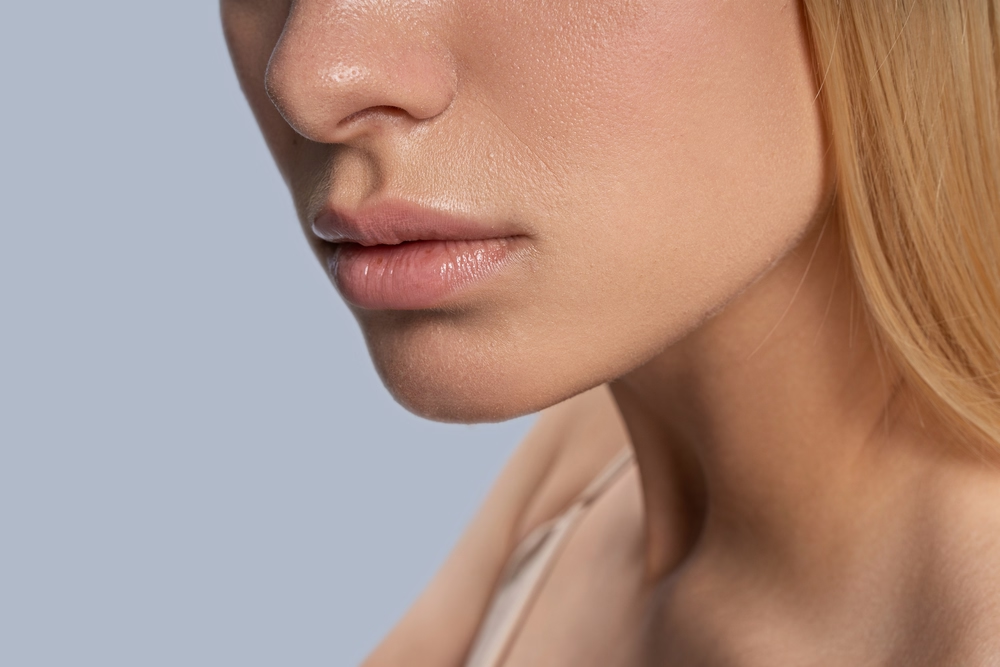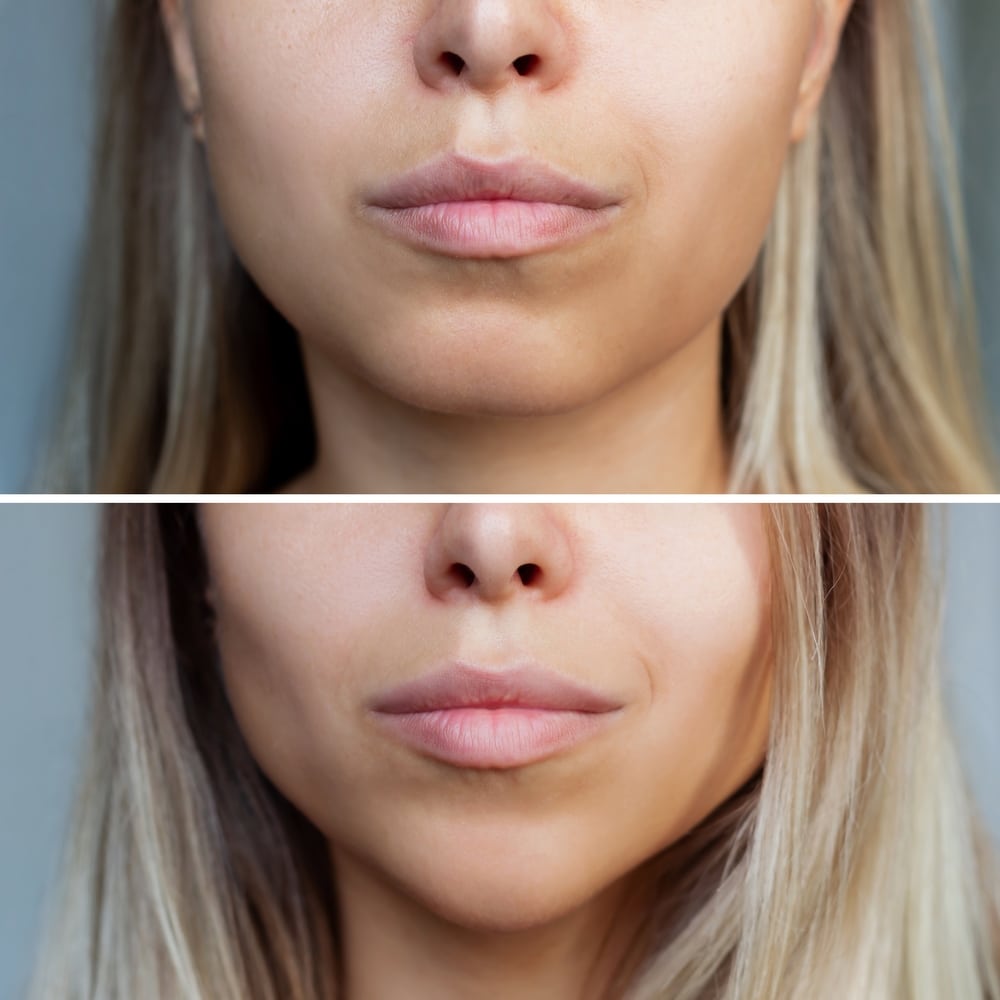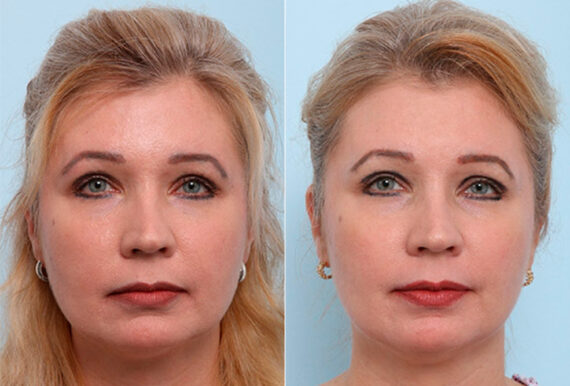Buccal fat removal is a surgery that reduces cheek fat, providing a sharper look to the face. This treatment is popular among those wanting to improve the shape of their face to match their self-image.
Dr. Paul Vitenas, with his extensive experience and knowledge in facial aesthetics, discusses the advantages and enduring results of buccal fat removal. His expertise gives readers a well-informed view of the positive effects this procedure can have on one’s appearance and overall happiness.

How Buccal Fat Removal Can Change Faces
- Buccal fat removal creates a more contoured and slim face by removing fat pads from the cheeks.
- The results from buccal fat removal can significantly enhance facial features, contributing to a more youthful appearance.
- Long-term satisfaction with buccal fat removal is high, as the results are permanent and change the face’s shape.
- Recovery from buccal fat removal typically involves minimal downtime, allowing for a quick return to daily activities.
- It’s important to consult with a qualified surgeon to discuss the benefits and potential risks associated with buccal fat removal.
1. Enhanced Facial Contours
Achieving a Chiseled Jawline
Buccal fat removal surgery targets the lower part of the face to shape a more defined look. By removing buccal fat, this procedure reduces a rounded appearance, leading to a chiseled appearance. When combined with chin liposuction, it further defines the jawline by reducing excess fat and highlighting the natural contours of the chin.
Highlighting Cheekbones
Removing buccal fat not only shapes the jawline but also makes cheekbones more noticeable. Reducing cheek fat and using techniques to enhance cheekbones can result in prominent cheekbones with more definition. Buccal fat reduction is a significant procedure among facial rejuvenation surgeries, aiming for a sculpted appearance that enhances facial contours and complements the facial structure’s overall look.
2. Improved Facial Harmony
Balancing Facial Features for Symmetry
Buccal fat removal is a key technique in cosmetic surgery that helps create balance in facial features. This procedure reduces the appearance of fullness in the cheeks, contributing to a more defined facial shape. Targeting excess cheek fat works toward facial symmetry, a central element of facial aesthetics.
Adjusting Proportions for Aesthetic Appeal
Buccal fat pad removal also plays a role in fine-tuning facial proportions, aiming for a more attractive look. Conducted by a qualified facial plastic surgeon, this aesthetic surgery carefully modifies the facial shape. Both plastic surgeon expertise and patient desire converge on buccal fat removal as a method to sharpen facial features, ultimately supporting facial harmony.
3. Boost in Self-Confidence
The interplay between facial appearance and societal perceptions of beauty and success has significant psychological impacts. The buccal fat removal procedure effectively targets chubby cheeks and reduces a “chubby” or “baby-faced” appearance, especially when performed by an experienced surgeon. This cheek reduction surgery often boosts individuals’ confidence by enhancing their satisfaction with their looks and achieving a refined appearance.
Social standards of beauty encourage people to seek such cosmetic procedures. A board-certified surgeon’s role is crucial as they perform cheek reductions aligning appearances with societal ideals. These treatments not only improve physical appearance but also enhance social and professional interactions by boosting confidence.
4. Minimal Scarring and Quick Recovery
- Minimal Invasiveness: Buccal fat removal stands out for its minimal invasiveness, significantly reducing visible and external scarring. This aspect not only enhances the cosmetic outcome but also contributes to a quicker recovery.
- Smooth Recovery: The precision of the procedure minimizes scarring, facilitating a smooth recovery process where complications are less likely to occur.
Returning to Daily Activities Post-Surgery
- Quick Recovery: The surgery supports a swift recovery, allowing patients to resume their normal activities shortly after.
- Short Recovery Period: Compared to more invasive surgeries, buccal fat removal has a much shorter recovery period, ensuring patients can return to their normal lives soon post-surgery with minimal disruption.
This approach to facial contouring is especially appealing for those seeking aesthetic improvements without the lengthy downtime associated with traditional surgery.
5. Long-Term Facial Fat Distribution Maintenance
Buccal fat removal surgery targets specific fat deposits in the cheeks. It aids in facial fat distribution maintenance, addressing the aged appearance that comes from shifting fat. This procedure offers long-term results by focusing on areas likely to experience sagging and volume loss as time goes by.
Avoiding the Need for Further Procedures
By targeting these fat deposits, buccal fat removal surgery not only improves facial contour but also reduces the likelihood of needing more procedures in the future. This advantage is crucial for avoiding further procedures and helping maintain a youthful look as aging, weight gain, and fat distribution change.

6. Customizable Results Based on Individual Needs
Tailoring the Procedure to Suit Facial Structures
Customizing buccal fat removal ensures that each patient sees improvements that match their unique facial structure. During the buccal fat removal consultation, the experienced surgeon looks at the individual’s bone structure and adipose tissue distribution. This detailed evaluation enables a custom treatment plan that targets the patient’s aesthetic goals, aiming for a look that complements their overall facial features.
Collaborating with Your Surgeon for Desired Outcomes
The patient needs to work closely with their facial plastic surgeon to set realistic expectations for the results. During the consultation, patients have the opportunity to discuss what they hope to achieve from buccal fat surgery with their cosmetic surgeon. This discussion helps ensure that fat removal patients get advice from a cosmetic plastic surgery professional, leading to well-informed decisions about their surgery.
7. Low-Risk Procedure with High Satisfaction Rates
When looking at buccal fat removal surgery, it’s seen as a low-risk procedure, especially next to other facial surgeries. It stands out because, unlike more invasive cosmetic plastic surgery methods, buccal fat surgery comes with lower chances of visible scarring and needs less time to recover. This focus shows how safe and effective the surgery is, making it a good choice for those who want to improve the facial appearance of their face.
Patient Satisfaction and Success Stories
The success of buccal fat removal surgery in men and women is backed by high satisfaction rates from those who’ve had the procedure. Feedback from previous patients often highlights the natural-looking improvements it provides. Many talk about feeling more confident and happy with their looks afterward, pointing to the positive effects of the surgery.
- Safety: Buccal fat removal surgery is known for being a low-risk procedure. It’s considered safer compared to bigger fat removal surgeries.
- Effectiveness: The enhancements in how the face looks after the surgery show its effectiveness.
- Patient satisfaction: Many previous patients report being happy with their new look and appreciating the noticeable but natural changes, all without the long downtime that some surgeries require.
If you are thinking about removing buccal fat to better shape your face, getting help from a professional is important. Dr. Paul Vitenas has more than 35 years of experience in cosmetic surgery and leads Vitenas Cosmetic Surgery in Houston, TX. He focuses on personalized procedures with a high rate of patient happiness.
Schedule a consultation with Dr. Vitenas to learn how his skills can help you achieve your aesthetic goals with buccal fat removal.

